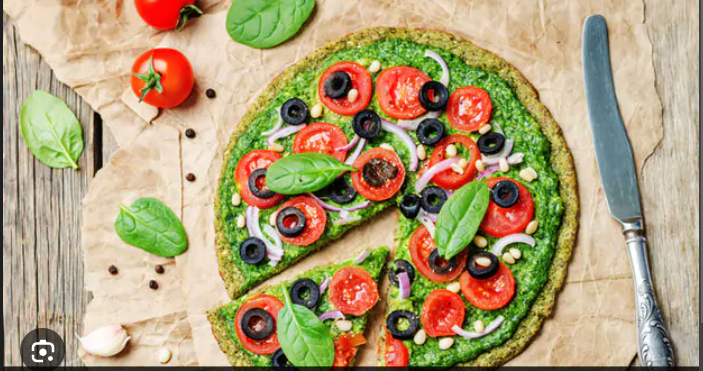A dietitian shares how you can make pizza—from toppings to crust—healthier.
I’m a nutritionist. I also love pizza. Many people don’t think the two go together, but I beg to differ. While pizza has a reputation of being an indulgent treat, with a few mindful tweaks, you can transform your favorite slice into a healthier choice without compromising on its taste.

Also read-ADHD: ADHD Symptoms in Adults And Diagnosing ADHD For Good Health
Here, I share some steps to make pizza healthier.
Tips to make a healthy pizza
1. Choose a healthy crust.
The crust is the first step towards creating a healthy pizza. My preference is for a whole-grain crust because of its many health advantages. Whole grains release energy more slowly than refined grains and are rich in fiber, vitamins, and minerals like folate, magnesium, and vitamin E. In addition to making you feel fuller for longer, fiber helps you keep your blood sugar levels stable. It has also been demonstrated that whole grains can help regulate blood pressure, weight, and cholesterol. They might also lower the chance of developing diabetes, heart disease, and other illnesses. If weight loss or blood sugar control are priorities for you, a thin-crust pizza will have fewer calories and carbs.
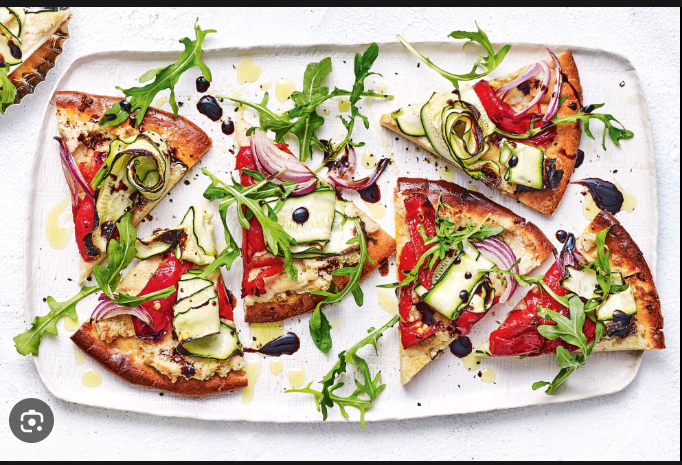
Some opt for cauliflower crust in the hopes of selecting a low-calorie, healthier option. The nutritional value of cauliflower pizza crust varies depending on the additional ingredients, even though cauliflower is the main ingredient. Although it has advantages and disadvantages, cauliflower crust might be a healthier option than traditional wheat-based crust. Its reduced carbohydrate content makes it a better choice for people with diabetes or high blood sugar. It is also free of gluten, making it appealing to those who are sensitive to gluten or have celiac disease. Additionally, cauliflower adds nutrition to your pizza by containing vitamins and minerals like potassium and vitamin C. The drawback is that some cauliflower crusts sold in stores might have extra sugar, salt, or fillers, which would raise the fat and calorie content.
So I suggest you check the ingredient list. The texture and taste may also differ from a traditional pizza crust, giving it a softer texture and a slightly nutty flavor. If you enjoy the taste of cauliflower crust, go for it, but if you don’t, I suggest you enjoy roasted cauliflower at a different meal.
2. Add an assortment of colorful vegetables.
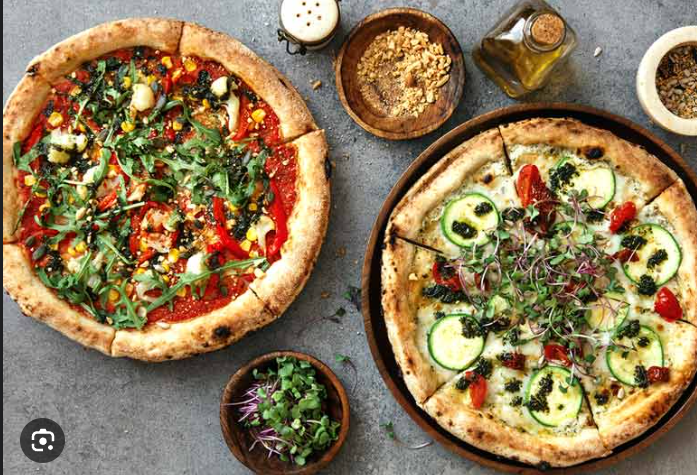
Your pizza gets flavor, color, and health benefits from the vegetables. Try a variety of nutrient-dense toppings, including grilled eggplant, red peppers, spinach, mushrooms, and broccoli. Mix and match the vegetables you love. I adore adding grilled eggplant, spinach, and broccoli. Choose veggies you like, but avoid fried eggplant if you can. Vegetables vary in their vitamin and mineral content, fiber content, and calorie content. Broccoli is high in the antioxidant vitamins A and C, whereas spinach contains iron. Vegetables give your pizza taste and nutritional value.
3. Choose cheese in moderation.

Cheese can flavor your pizza, but eating too much of it is not recommended for your health. Cheese has certain nutrients, like calcium and protein, but it also has saturated fat, which raises cholesterol. If you’re watching your intake of saturated fat, go for part-skim cheese or a small amount of the real thing. Ricotta or mozzarella with part-skim are excellent options.
Steer clear of menu items that offer extra cheese or pizzas with four cheeses. If you use less cheese on your pizza, you can reduce its total calorie and saturated fat content, making it a healthier option without compromising its taste.
4. Slather on the red sauce.
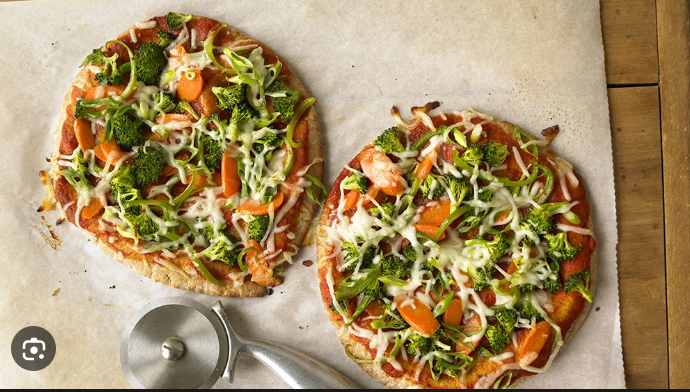
A tasty topping that elevates the flavor of pizza is red sauce. It also contains two beneficial nutrients: vitamin C and vitamin A (in the form of lycopene). The antioxidant lycopene, which gives many fruits and vegetables their red hue, has been linked to a lower risk of developing some cancers. A red sauce has more nutritional value than a creamier sauce. Pesto sauce is a delicious substitute for red sauce if you’re not a fan of it or just want something different. It’s made with heart-healthy nuts and oils, like pine nuts and olive oil.
5. Practice portion control.
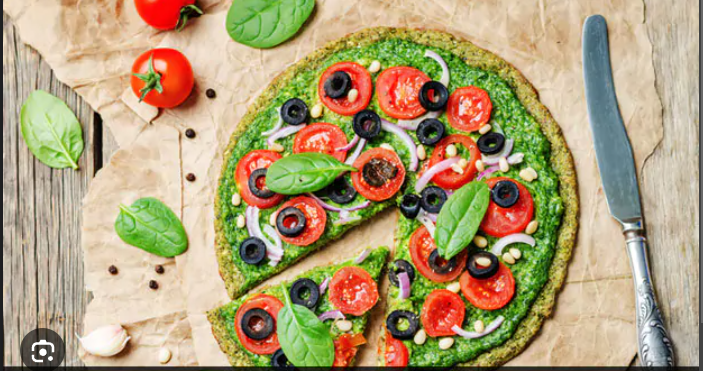
Keeping an eye on portion sizes is crucial to eating a healthy diet. I suggest portion control when enjoying pizza. Savor one slice and eat with awareness rather than consuming several. Savor the flavor and eat slowly. To make a balanced meal, serve your pizza with a side salad of your choice or another vegetable-based dish. This method guarantees that you will fulfill your desire for pizza while controlling your calorie intake.
Also read-Yoga poses: The Best Yoga Poses for Male Pelvic Floor Health And Good Body
images source: Google
Disclaimer: The opinions and suggestions expressed in this article are solely those of the individual analysts. These are not the opinions of HNN. For more, please consult with your doctor.







